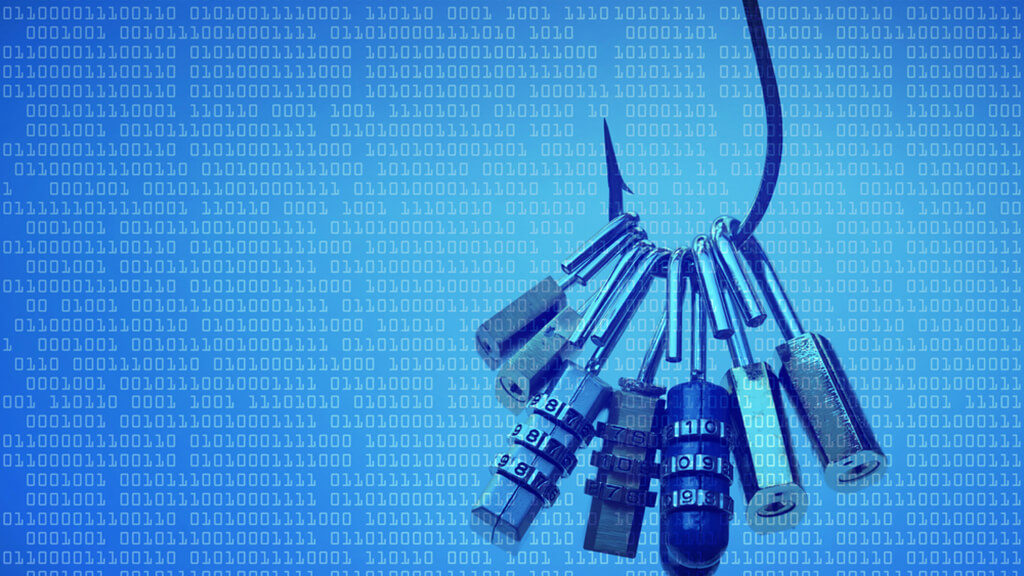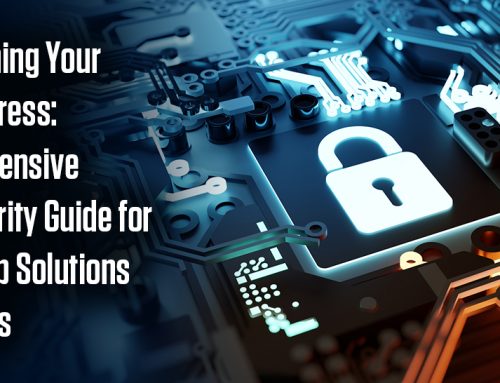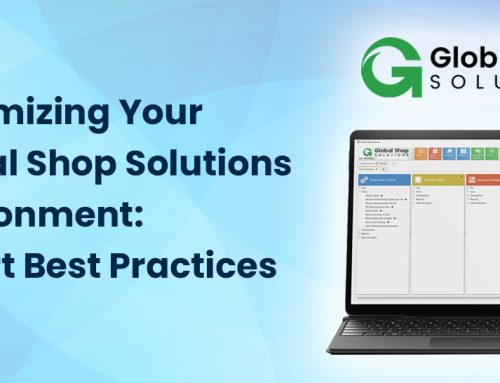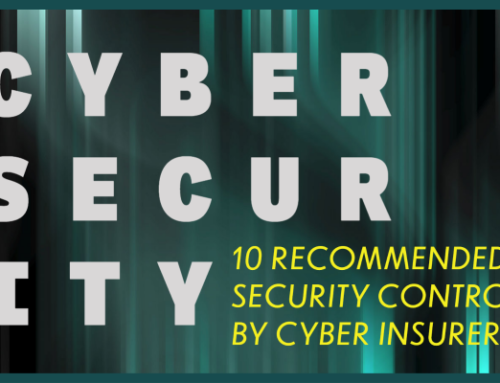Are you worried about the influx of phishing scams and ransomware attempts that are being made these days? Here are 8 things you can do to prevent yourself from getting spoofed!

We are seeing it more and more every day. In fact, there was a two week period this summer where we heard daily from our clients about potential phishing scams going around. Some were even over the phone! Spear-phishing is seemingly on an uptick with more and more regular attempts being made by cyber-criminals attempting to get your information and extort you. But there’s hope! You don’t have to become a victim! There are some pretty simple ways to spot these kinds of attempts and to take action to make sure your data and your identity is safe online. Here are 8 great tips to prevent a phishing scam from getting your information and your money:
- Pay attention to the email address, not the display name.
When you get the first initial contact from a scammer they will usually try and impersonate someone in your organization. Basically, they do this so you’ll see the display name as either someone you know and trust or from a vendor you work with. But don’t be fooled by that! Make sure you are looking at email addresses too. John.Barker5674@bogusdomain.com looks a lot fishier than John.Barker@youractualdomain.com doesn’t it? This is the first big sign that someone is attempting to phish you.
2. Peek at links in the email, but don’t click on them.
If you are getting an email with links and you’re not sure if they are legit, hover your mouse over them and you should see a preview of the URL. If it looks messy and is essentially gibberish that is a pretty sure-fire sign that it’s bogus and pointing you to a ransomware site. Don’t click on it. And a general rule of thumb: if the email looks unsolicited then do not click on anything within it.
3. Don’t give up your info.
Any vendor, partner, bank, or supplier you work with already have all the info they need from you. If they need to “confirm your credit card information” they are not going to try and get that done via email. They are going to call you or your accountant directly.
4. Check for spelling and grammar.
Spelling and grammar can say a lot about the legitimacy of an email. If it seems as though the sender doesn’t have a good grip on your common language or has misspelled words or phrases then you can bet they are not a legitimate source.
5. Take a hard look at the signature.
Not much info there? No phone numbers, logos, or sign-offs? Lack of details about who the signer of the email is; points to phishing.
6. Don’t click or download attachments.
Attachments from senders you don’t recognize could contain viruses and malware that are meant to steal your passwords, your valuable information, and also leave your computer unusable.
7. Beware “urgent” language in the subject line.
How often do you actually get an email from a colleague, customer, or vendor that involves an urgent call to action in the subject line? This is a way for the phisher to elicit an emotional reaction from you so that you’ll act without fully diagnosing the phishing attempt. Beware of this tactic!
8. Don’t be fooled by common logos and branding.
In this digital age, anyone can download an image of Microsoft’s logo and pretend to be a support rep that needs your financial info so that your Office 365 subscription isn’t canceled. Make sure you are taking a good look at this kind of phishing attempt. If you’re a client of ours, you shouldn’t be seeing anything regarding your technology contracts that doesn’t come through us first! And again, if someone needs to update your billing info, they’ll do that with a phone call.
So there you have it: 8 easy tips to help prevent yourself from getting scammed via email phishing attempts. Want to know more about this topic or talk to an IT provider who makes it their everyday job to protect each and every one of our clients? Then contact Upward today!






Leave A Comment